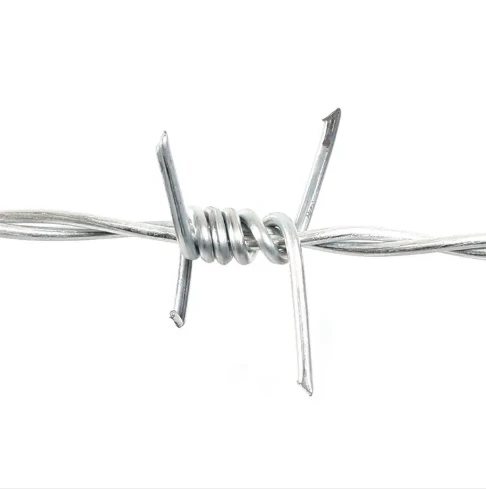Nov . 02, 2024 14:13 Back to list
Constructing Strong Foundations with Quality Nails and Fasteners
The Art and Science of Building Nails Essential Elements for Construction
In the realm of construction, nails are often overlooked, but they are crucial components that hold structures together. Building nails come in various sizes, shapes, and materials, each suited for specific tasks in construction and woodworking. Understanding the types of nails and their proper application can significantly enhance both the durability and aesthetic of any project. In this article, we will delve into the different types of building nails, their uses, and the science behind these small yet powerful fixtures.
Types of Building Nails
1. Common Nails These are the most widely used nails in construction. Typically made of steel, common nails are thick and have a flat head, making them ideal for framing, roofing, and general construction work. These nails provide excellent holding power and are designed to support heavy loads, making them indispensable in structural applications.
2. Box Nails Box nails are similar to common nails but slightly thinner. Their design makes them less likely to split wood, making them suitable for softer materials and applications where aesthetic finishes are important. Box nails are commonly used in furniture making and cabinetry.
3. Finishing Nails As their name suggests, finishing nails are employed in final touches where aesthetics are a priority. They are small with a small head that can be easily driven below the surface of the wood. This feature allows for a clean finish that can be painted or stained over, making them ideal for trim work, moldings, and cabinetry.
4. Roofing Nails These nails play a vital role in securing roofing materials. Typically made with a larger, flat head to prevent leaks, roofing nails come with a plastic or rubber washer that helps seal around the nail, protecting against moisture. These nails are essential for installing shingles and other roofing materials, ensuring longevity and durability in roofing systems.
5. Specialty Nails In addition to the standard types of nails, there are specialty nails designed for specific applications. For example, spiral or ring-shank nails feature twisted or ridged shafts, providing superior holding power in applications where withdrawal resistance is critical, such as in decks and fences.
building nails

Choosing the Right Nail
Selecting the appropriate nail for a construction task is critical—using the wrong type of nail can lead to structural failure or unsightly appearances. Factors to consider include the material of the wood, the expected load, exposure conditions (such as moisture), and the intended aesthetic finish. For exterior projects, corrosion-resistant nails, such as galvanized or stainless steel options, are recommended to withstand weather conditions.
The Science Behind Nails
The effectiveness of nails lies not just in their design but also in the science behind how they function. The grip of a nail within the wood is determined by friction, the geometry of the nail, and the properties of the materials involved. When a nail is driven into wood, it creates a hole that compresses the surrounding fibers, resulting in friction that holds the nail in place.
Additionally, nails rely on various forces to enhance their holding power. For instance, nails with a ring or spiral design create mechanical interlocks as they are driven into the wood, offering superior resistance to pull-out forces. Understanding these principles can help builders and DIY enthusiasts make informed decisions about how to use nails effectively.
Conclusion
Building nails, while seemingly insignificant in the vast world of construction, play an essential role in the integrity and aesthetics of any structure. From common nails that frame our homes to finishing nails that provide a polished touch to our furniture, each type serves a specific purpose. By understanding the different types of building nails and their applications, builders can ensure that their projects stand the test of time. In essence, the right nail, chosen wisely, can make all the difference between a good construction job and a great one. So next time you pick up a nail, remember that it's not just a piece of metal—it's a key element of art and science in the world of building.
-
The Role of Field Wire Fence in Grassland Conservation
NewsJul.15,2025
-
Stainless Steel Razor Wire Durability in Coastal Environments
NewsJul.15,2025
-
Enhancing Home Security with Mesh Fences
NewsJul.15,2025
-
Diamond Mesh Wire for Small Animal Enclosures
NewsJul.15,2025
-
Common Wire Nail Tensile Strength Testing for Woodworking
NewsJul.15,2025
-
Barbed Wire Corrosion Resistance Galvanization Techniques
NewsJul.15,2025









